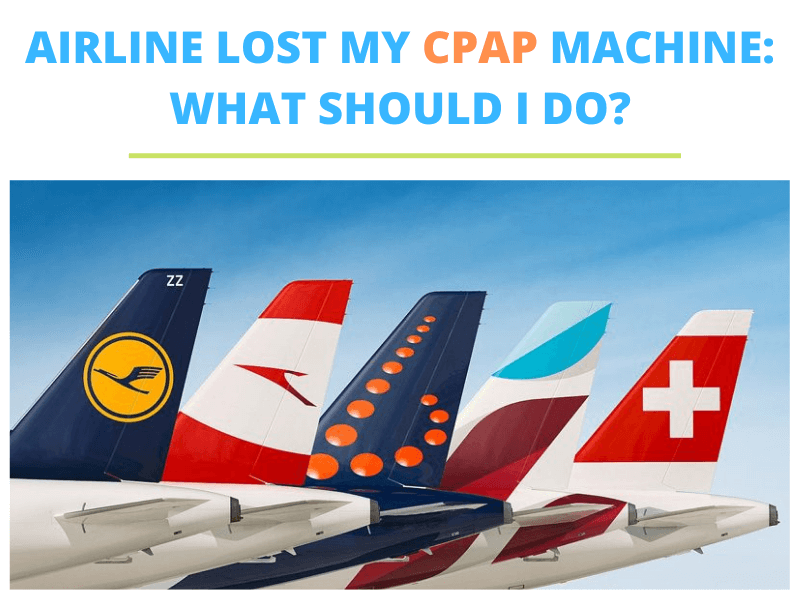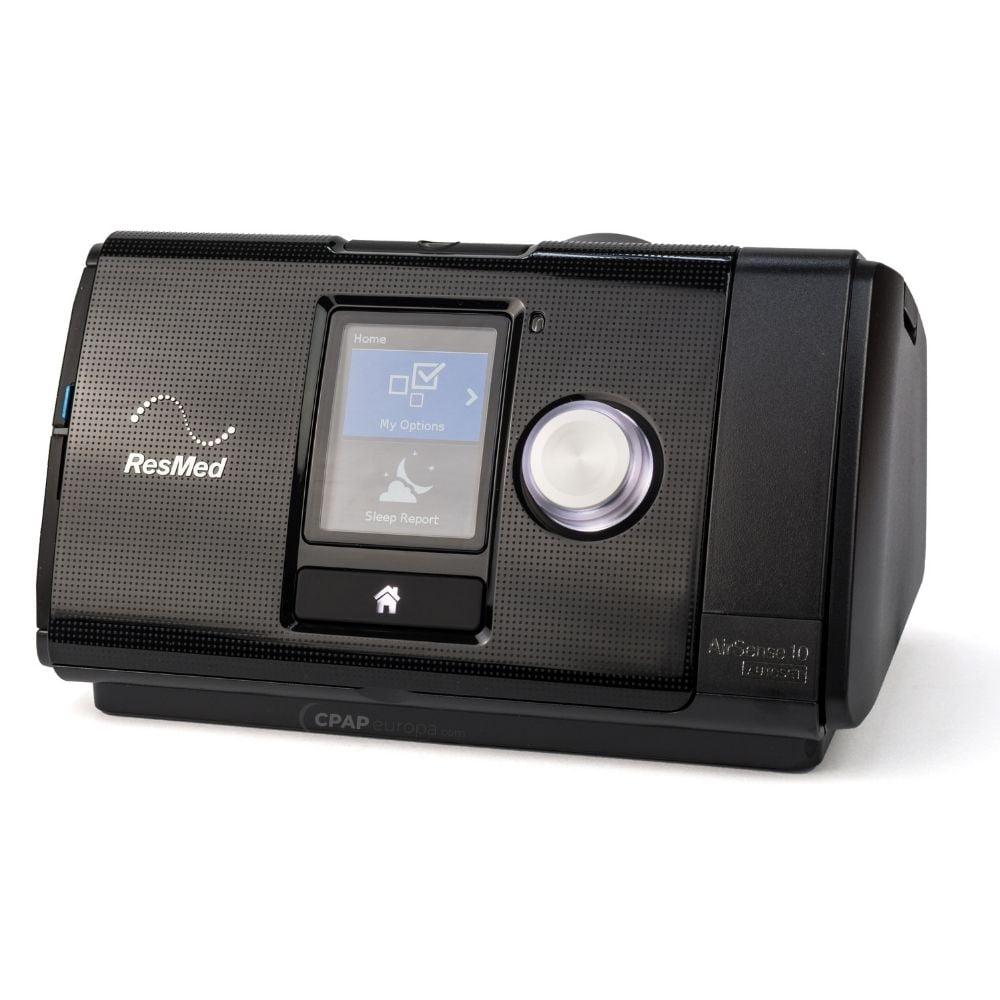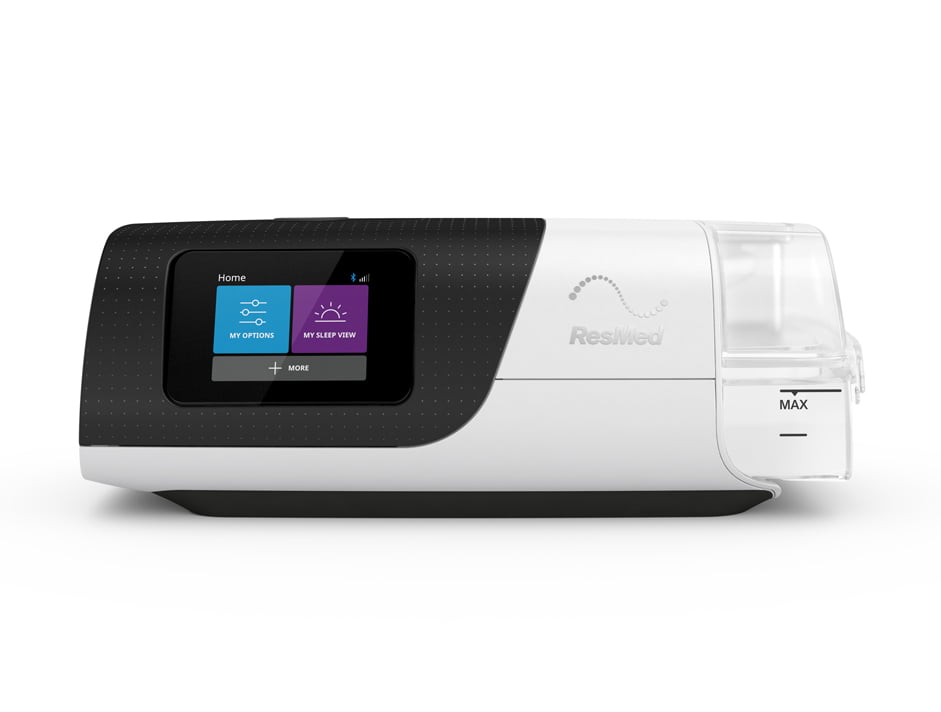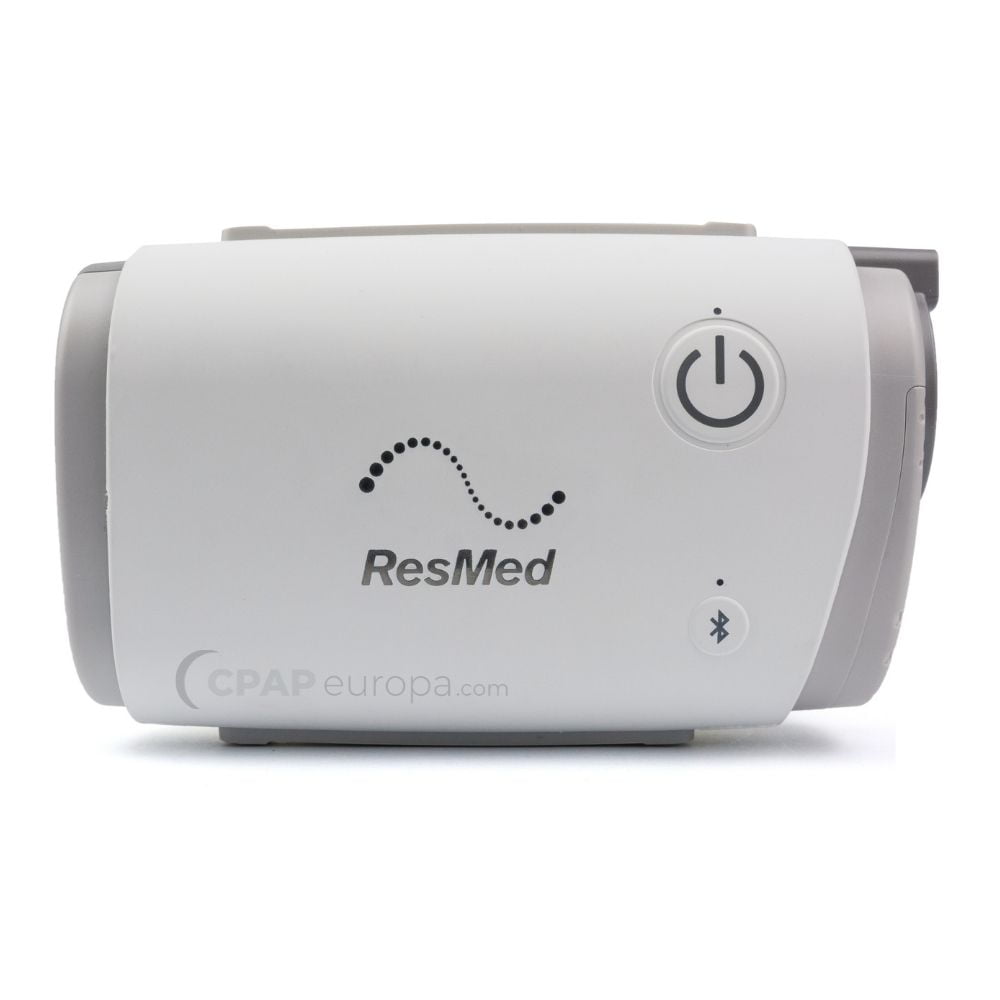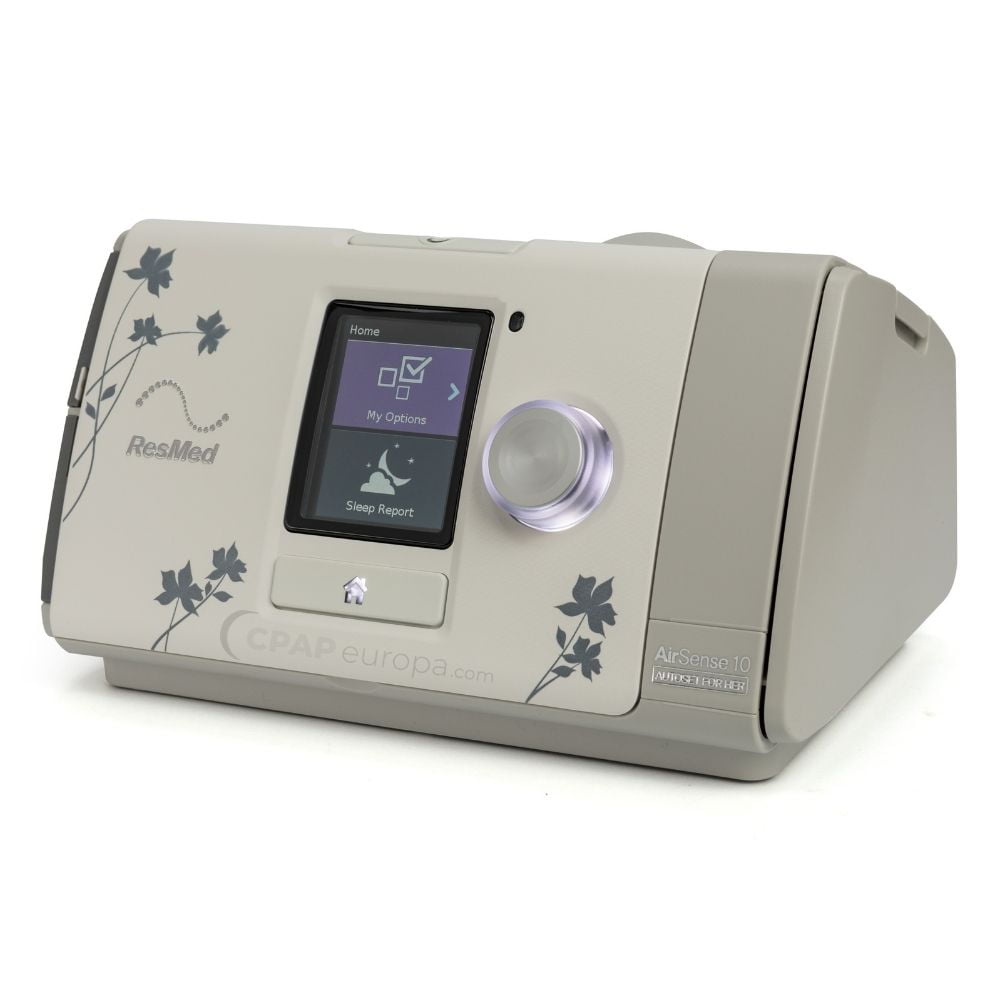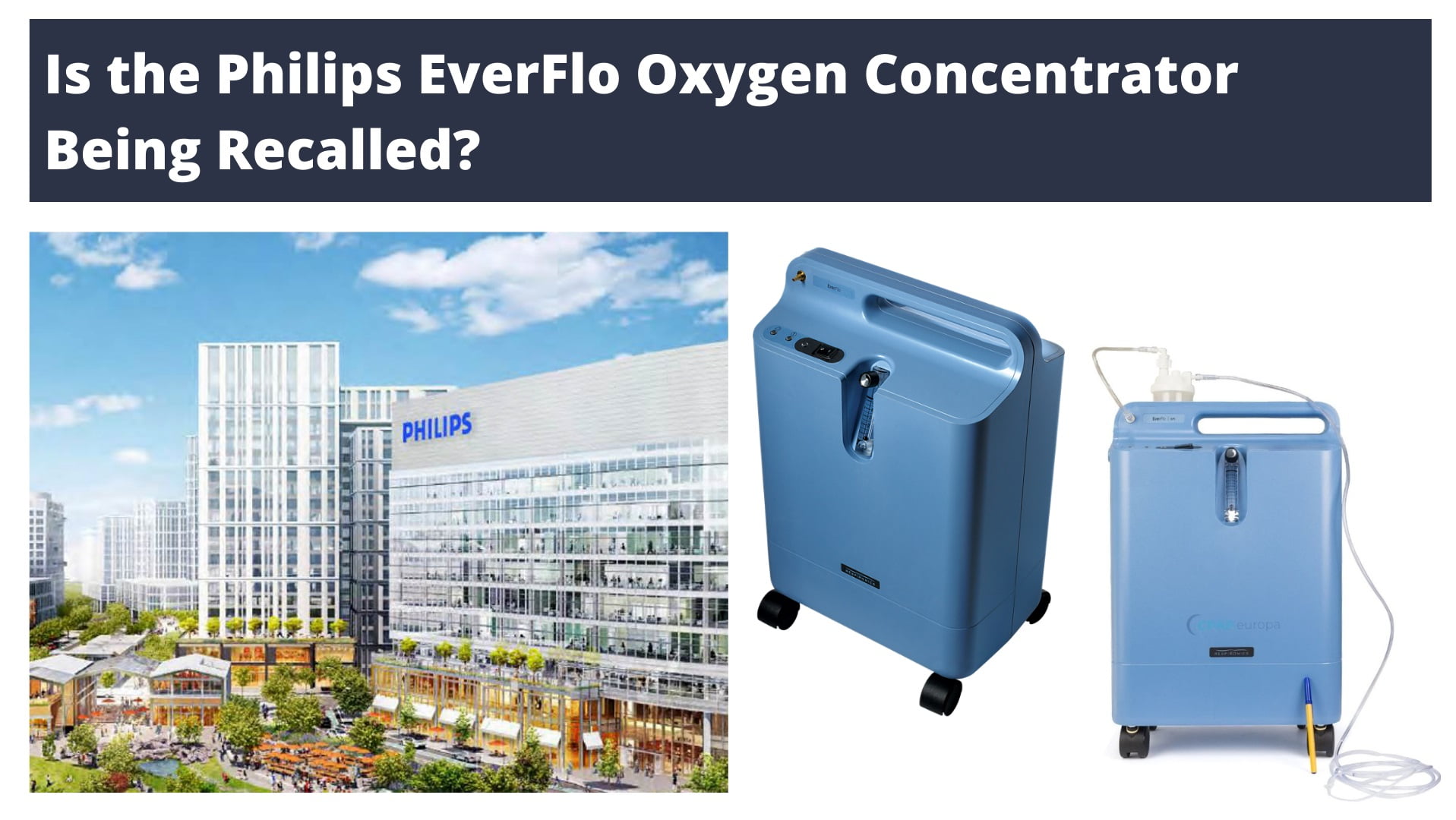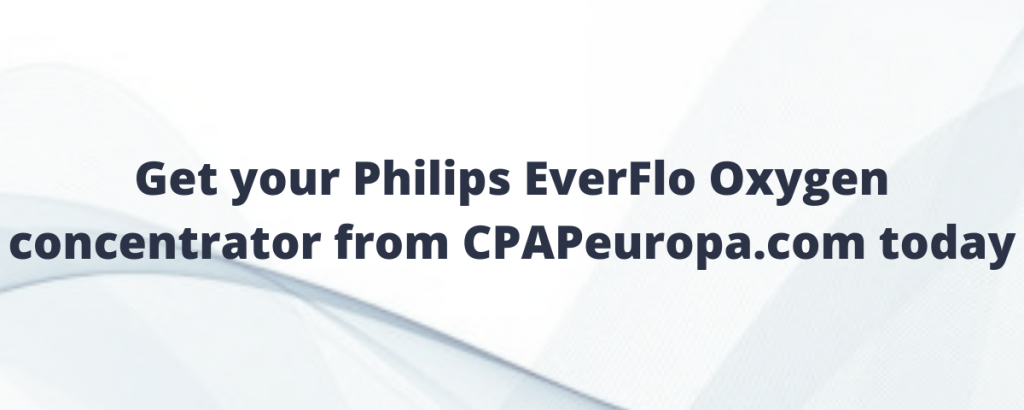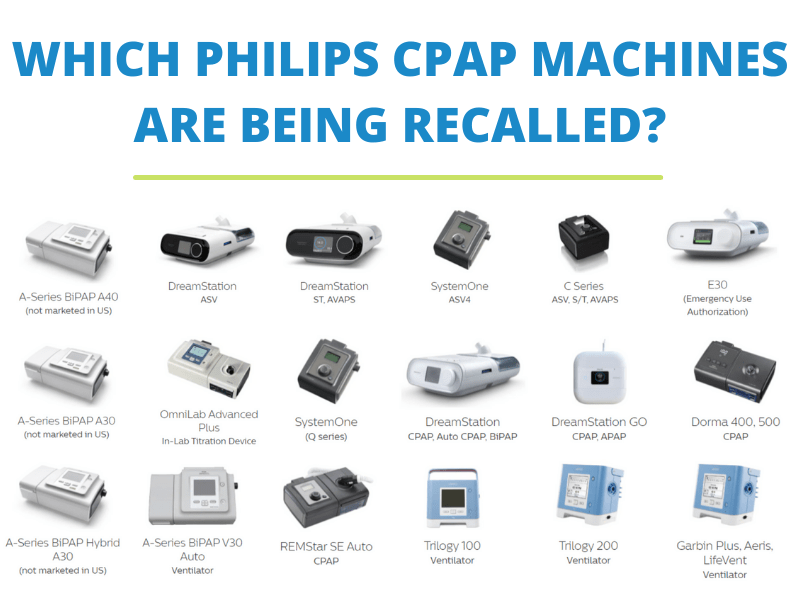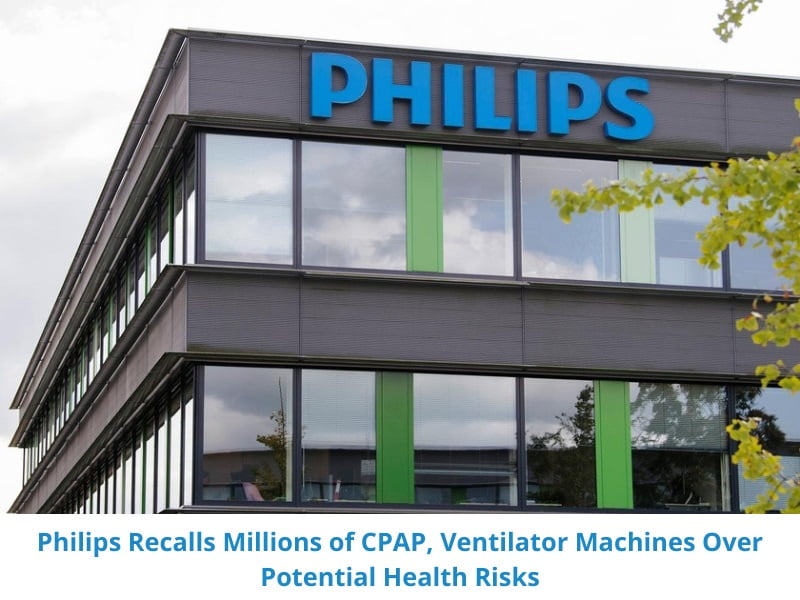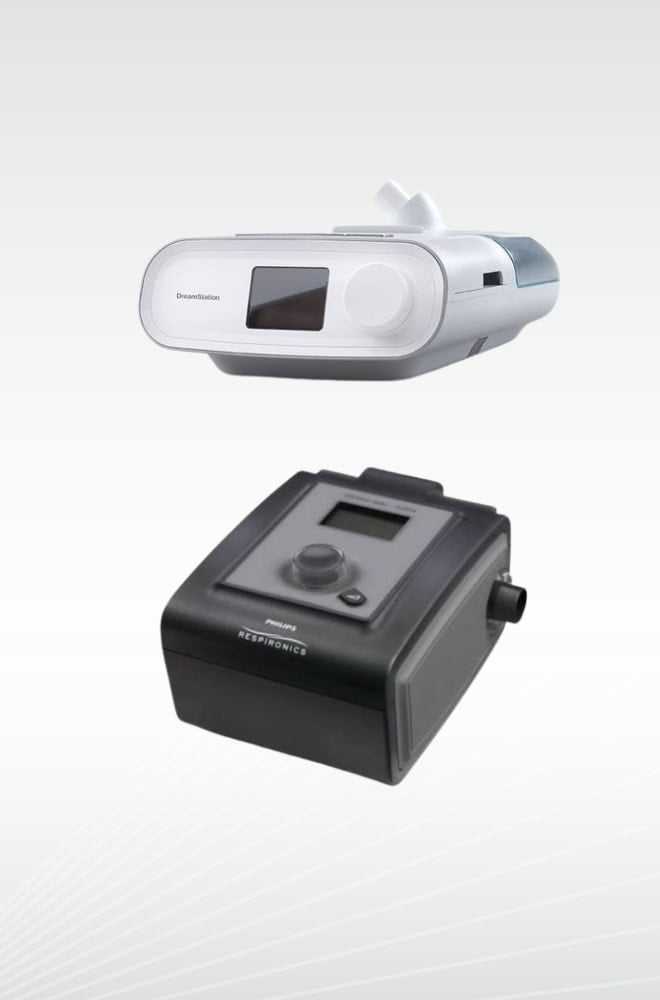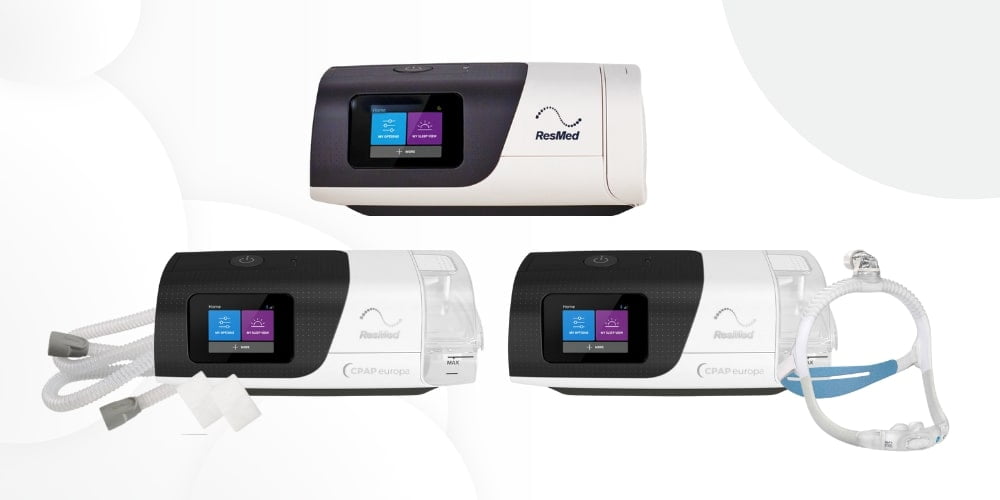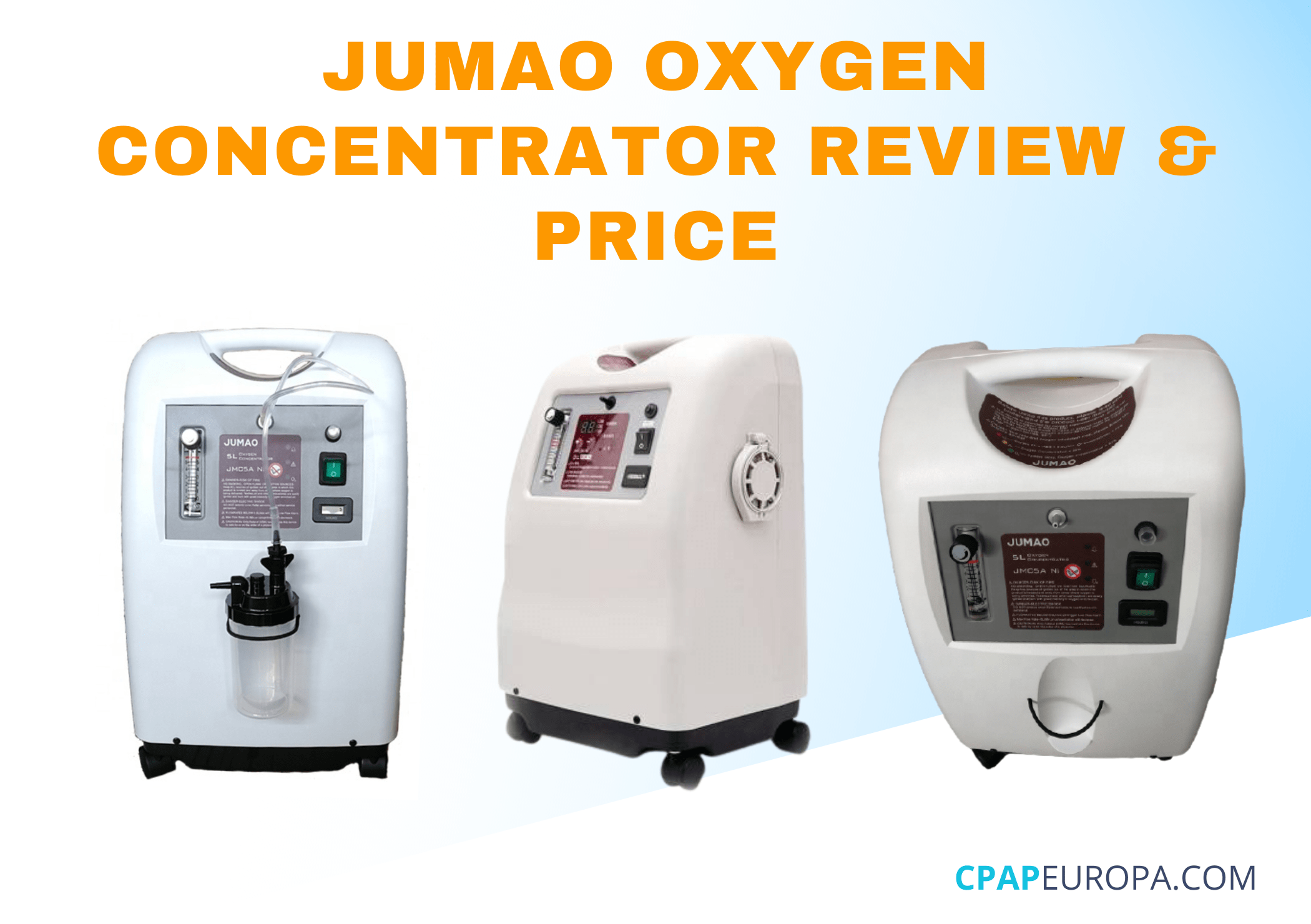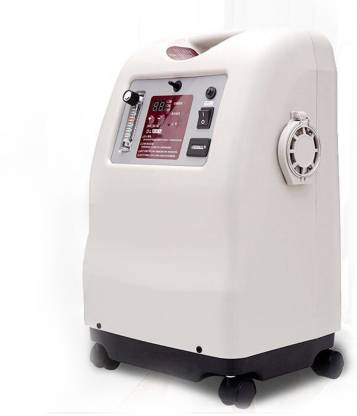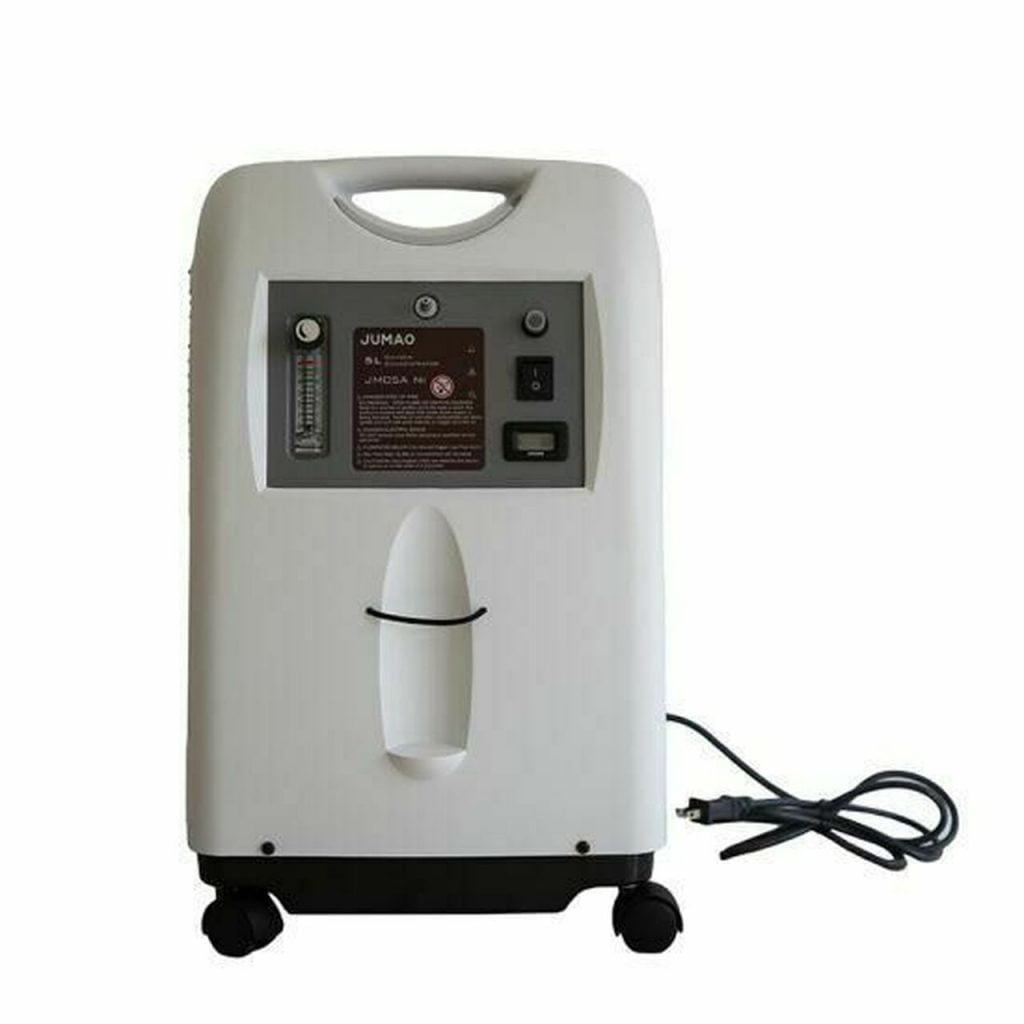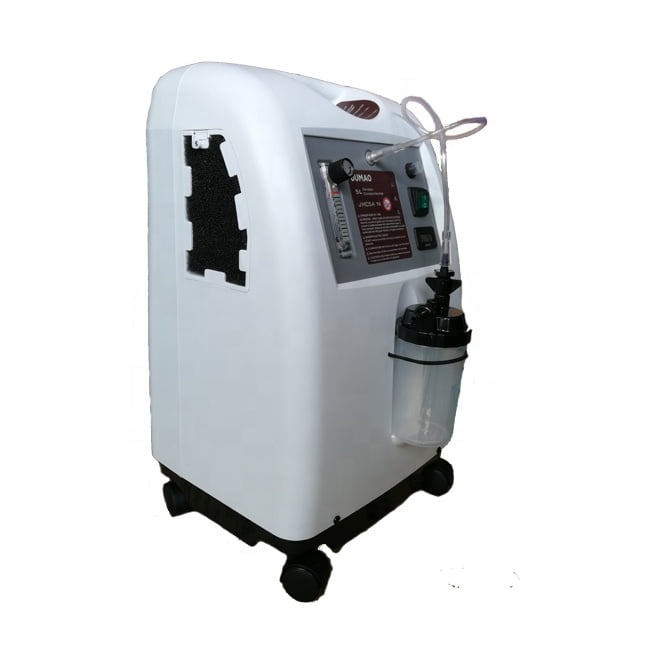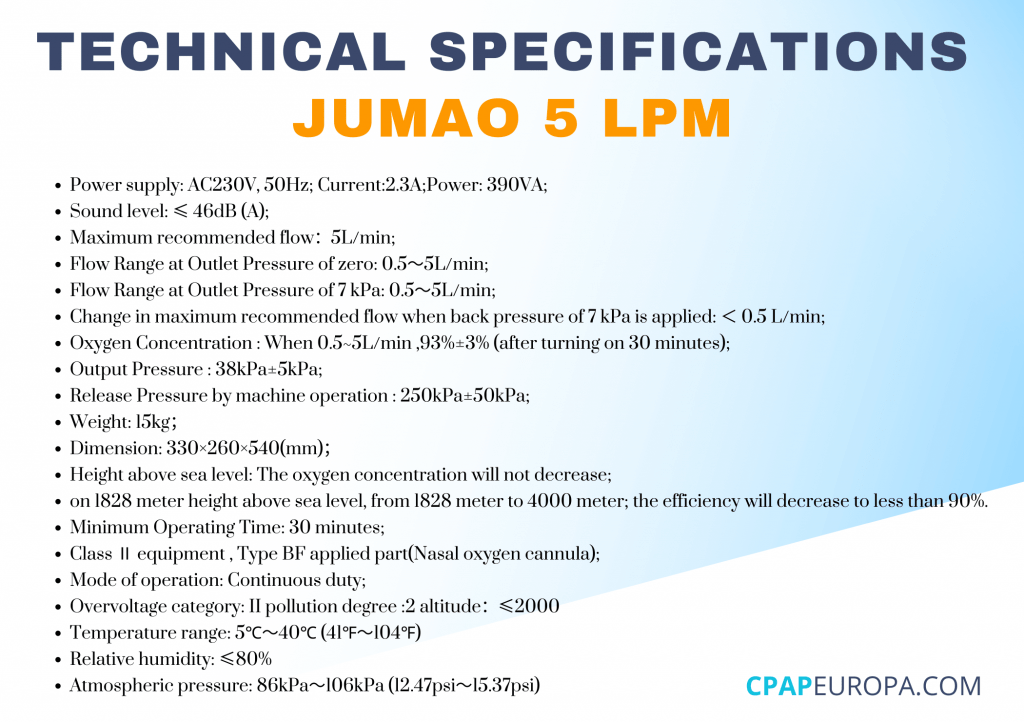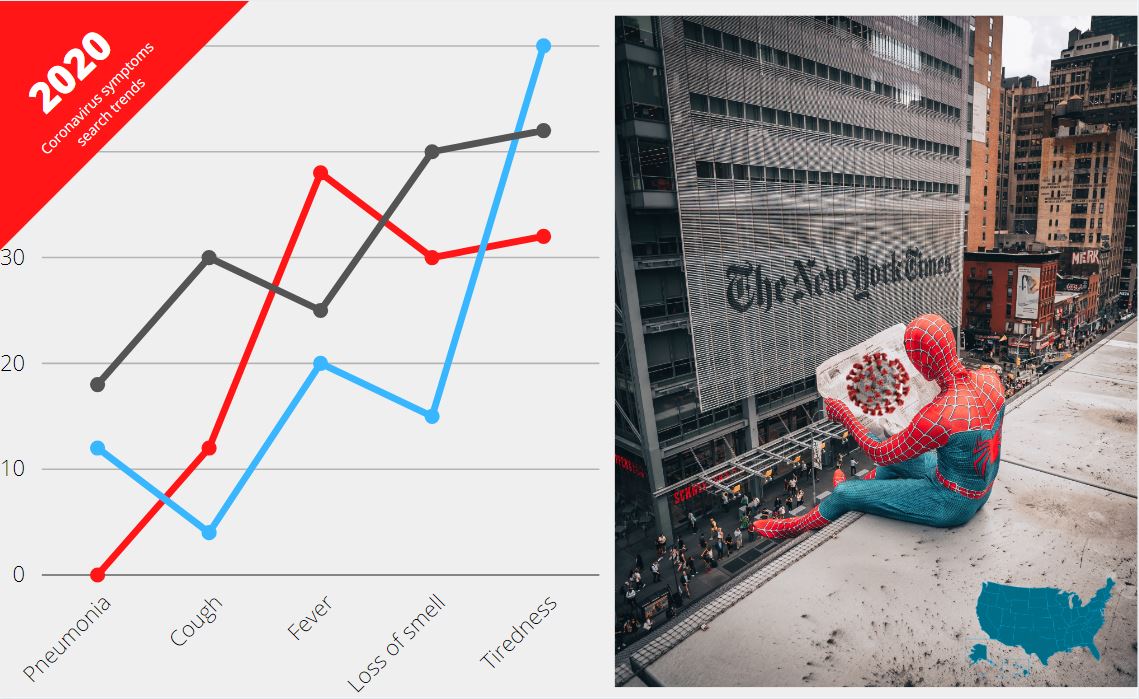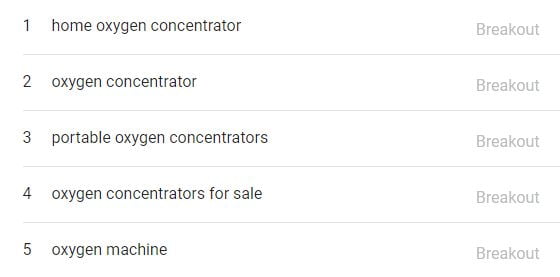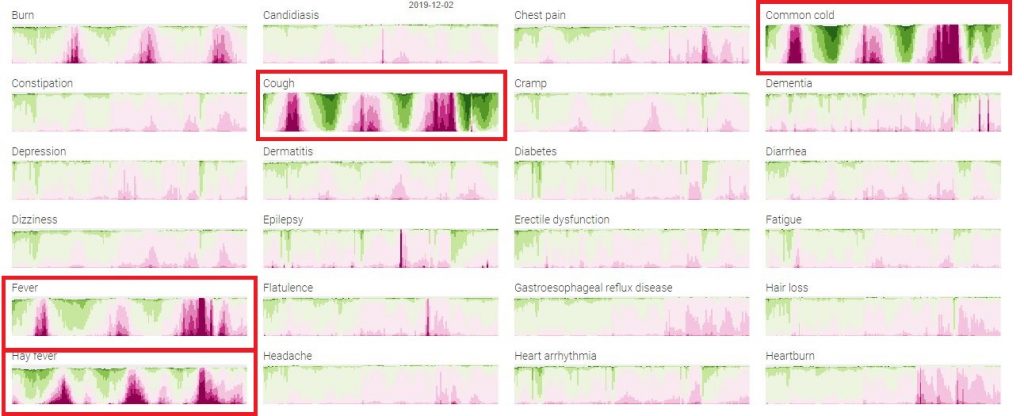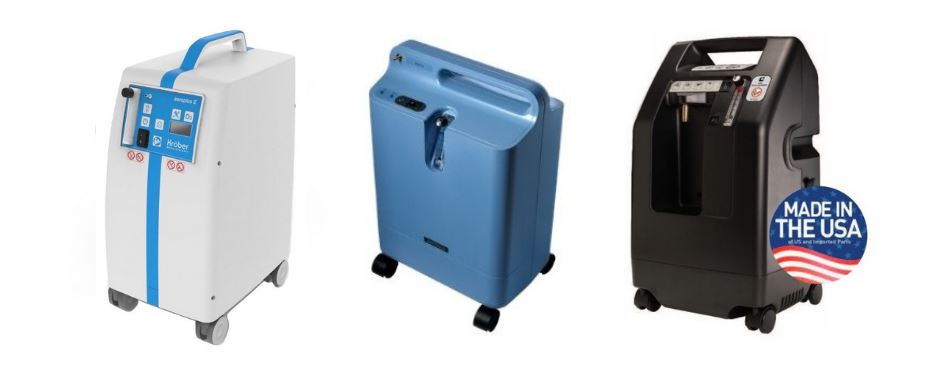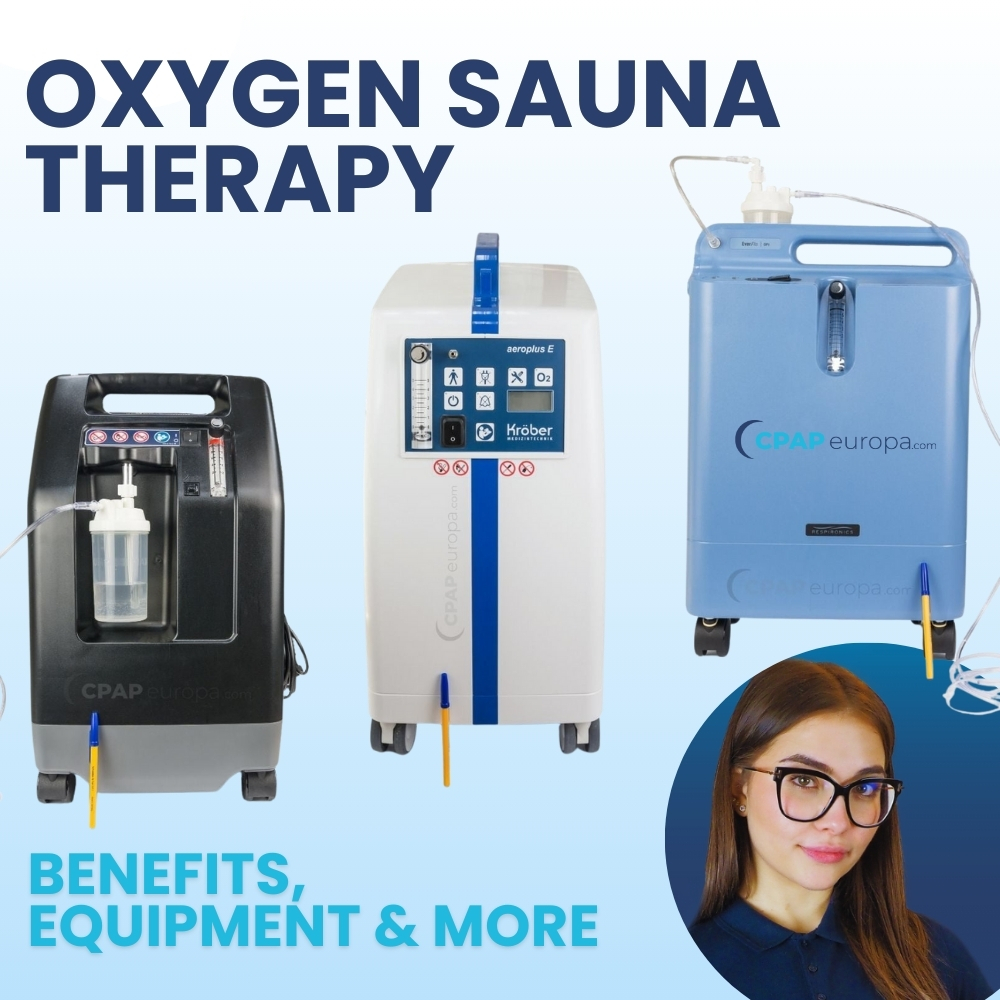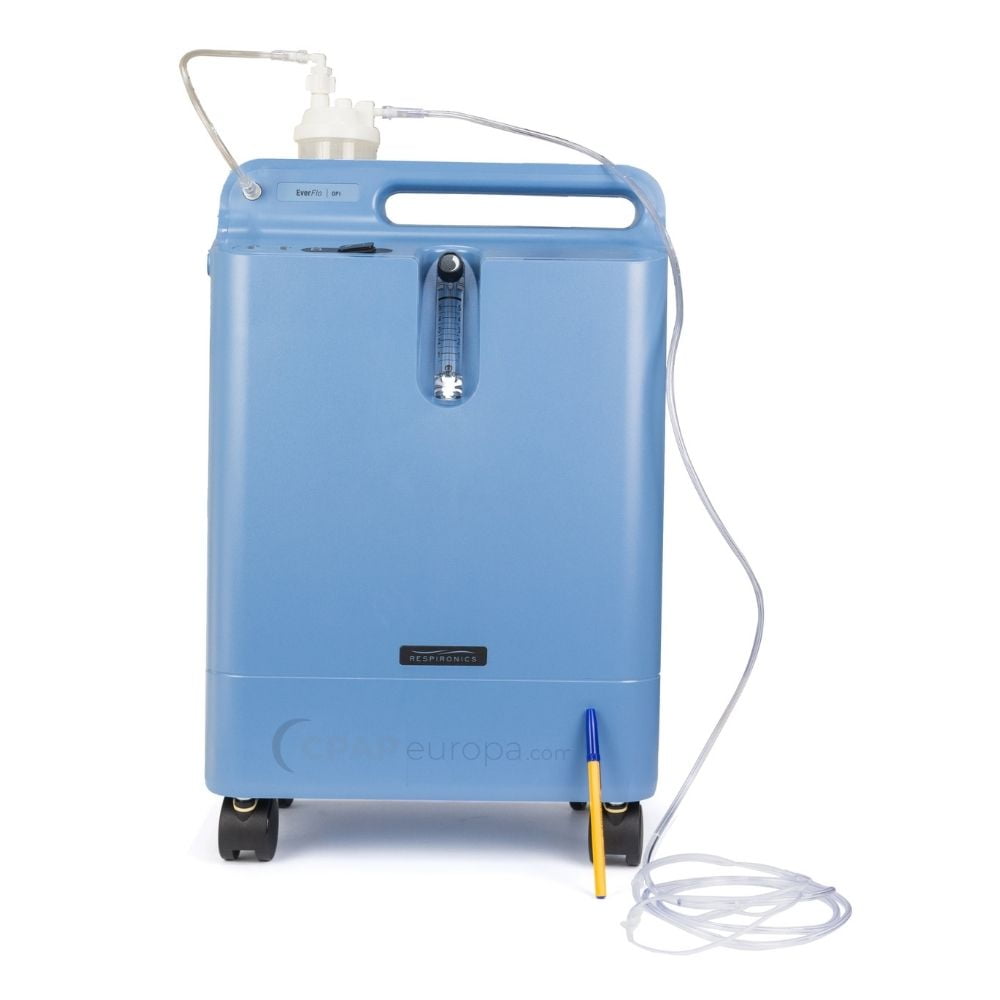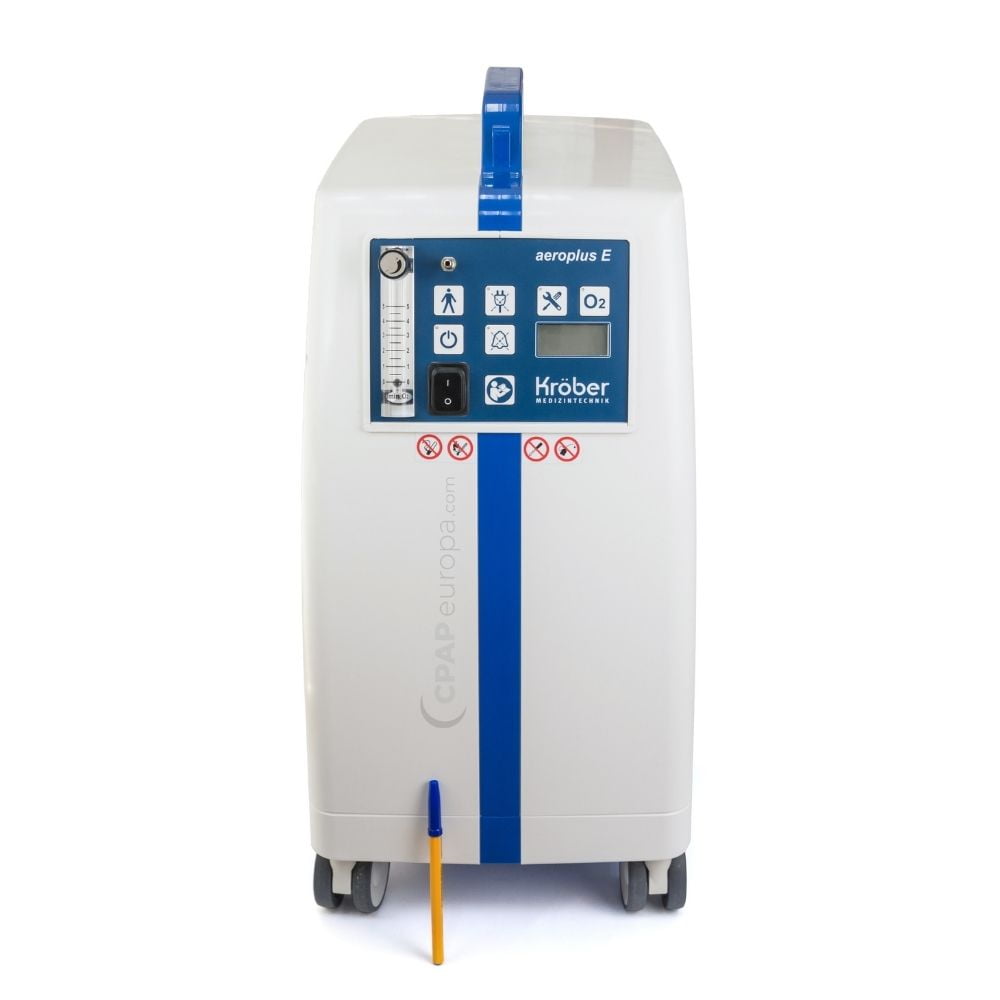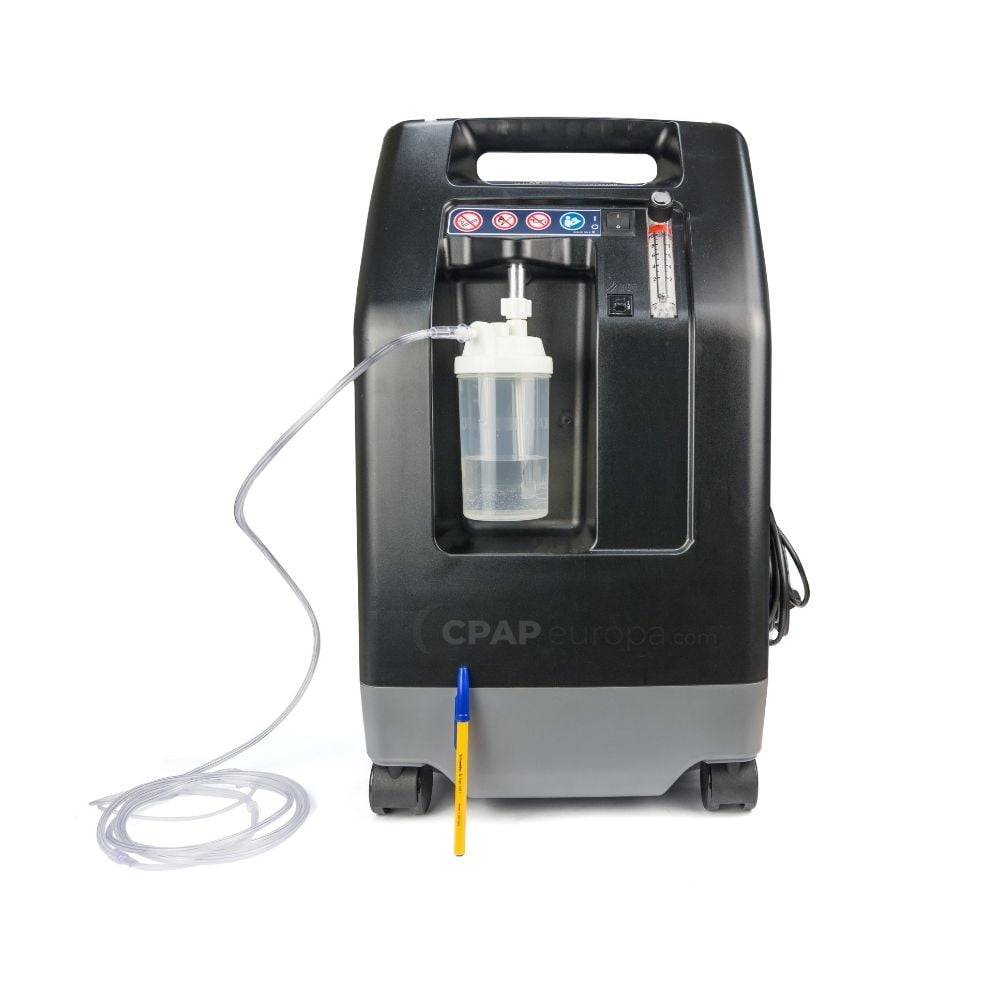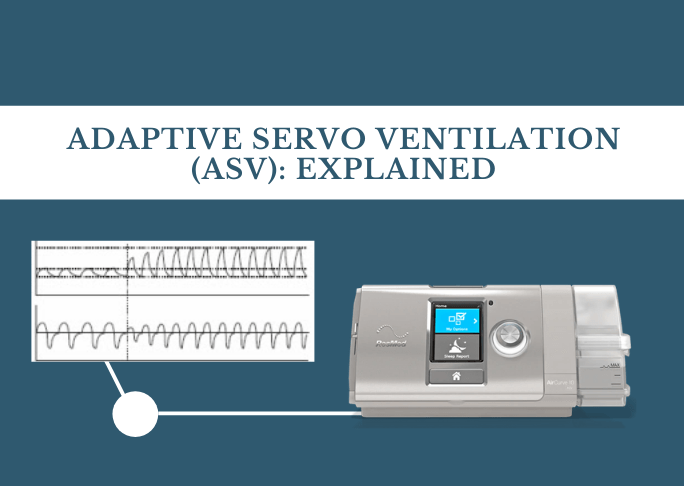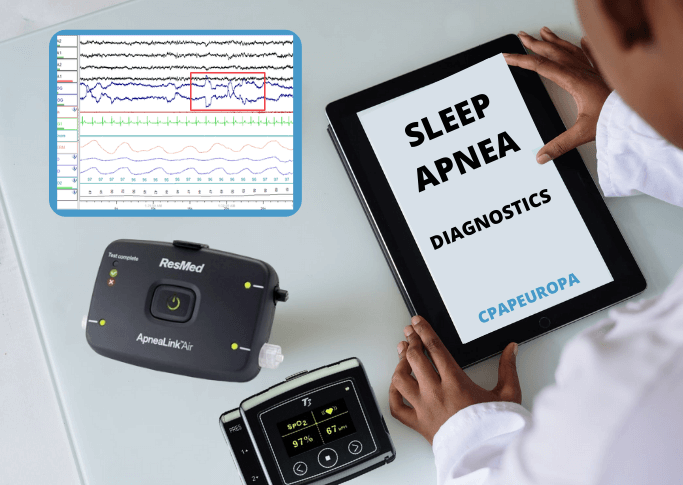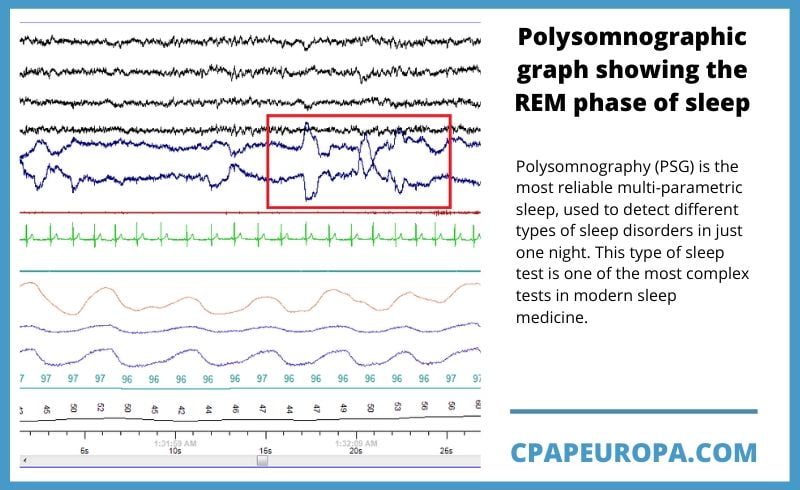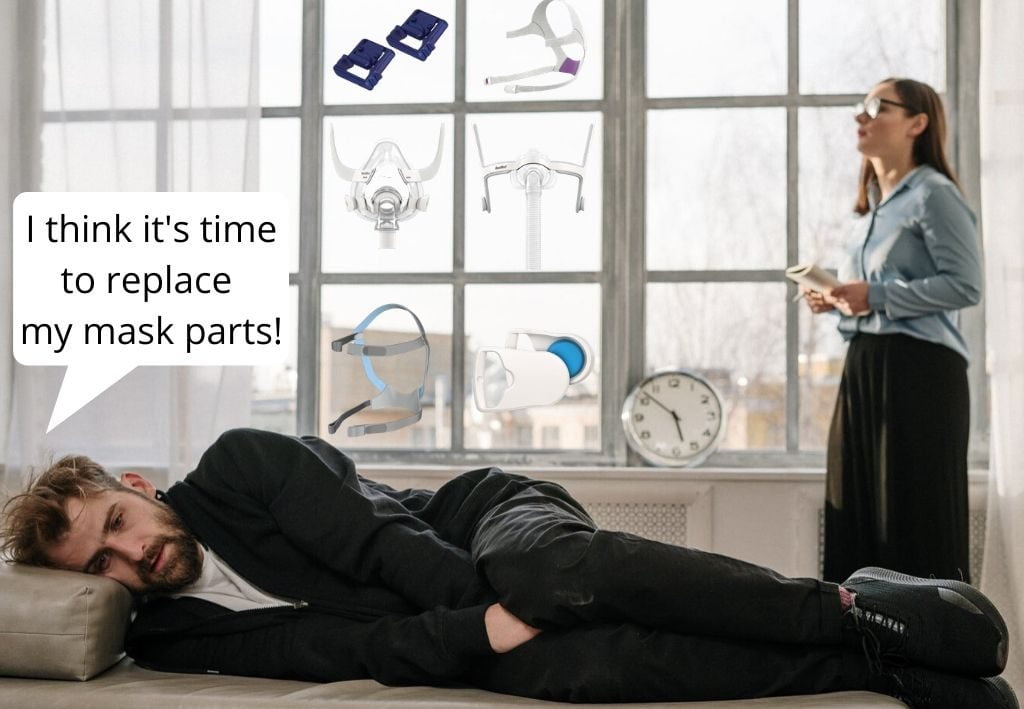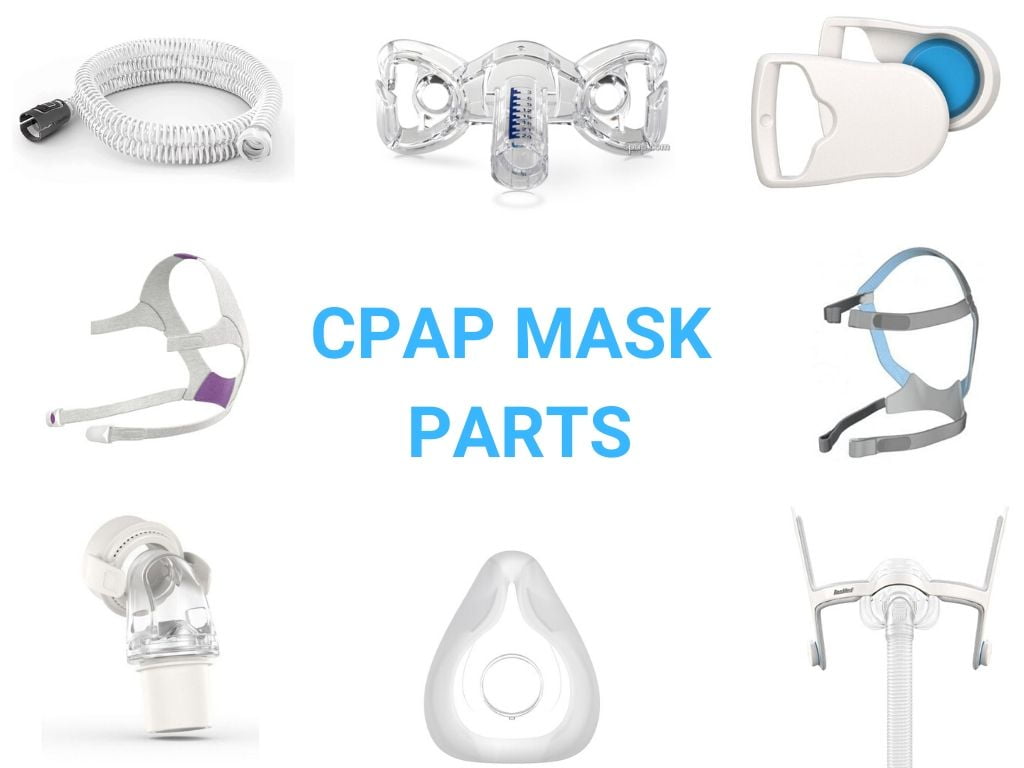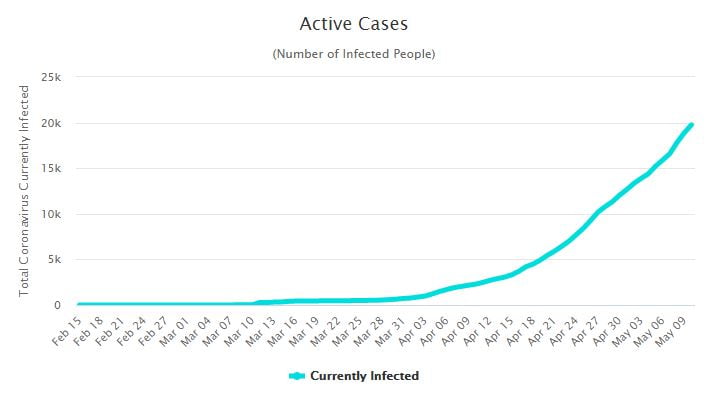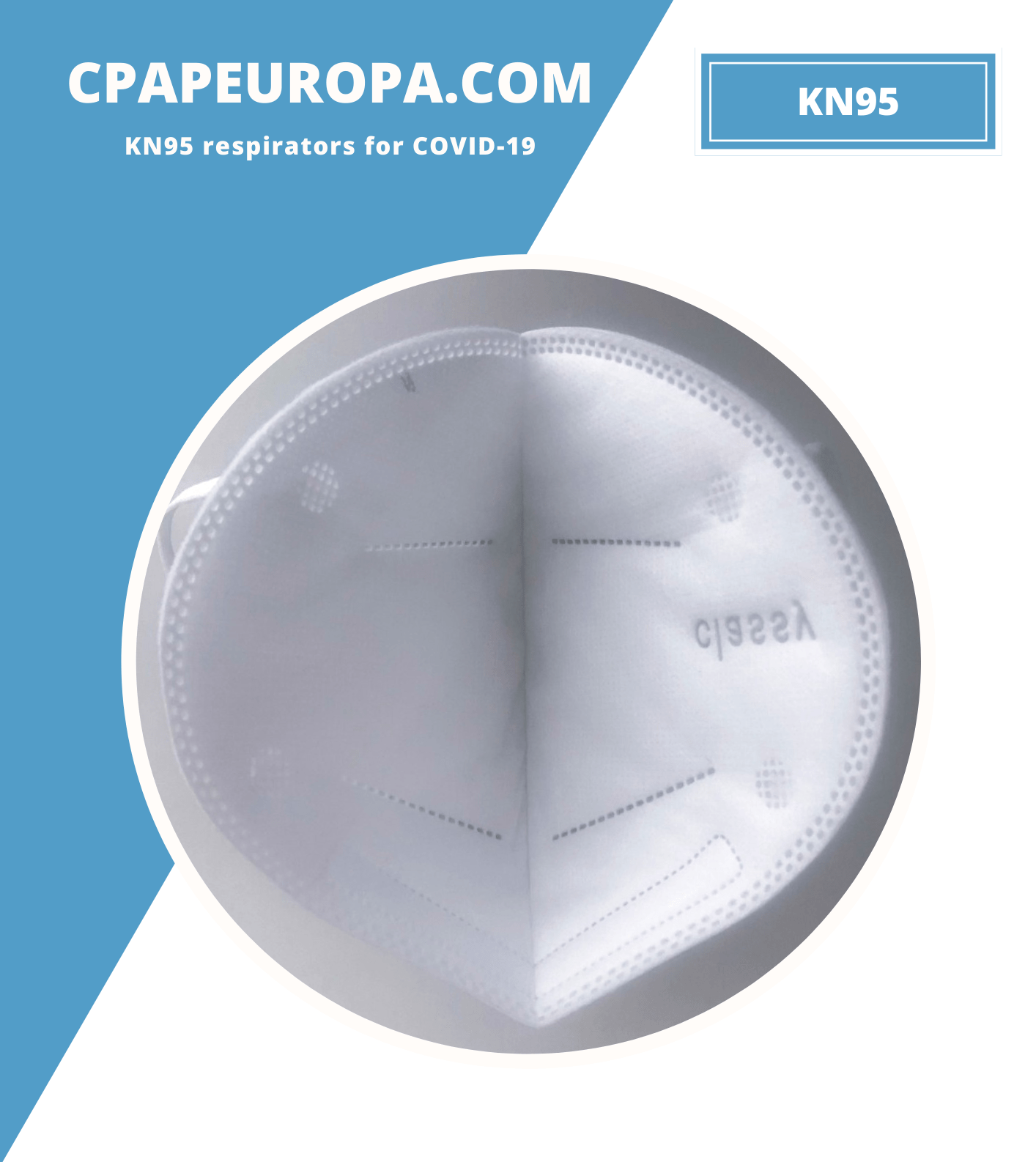
The pursuit of health and well-being has led to the exploration of various therapeutic modalities. One emerging trend gaining popularity is the oxygen sauna. Unlike traditional saunas that focus solely on heat, or ozone saunas that utilize ozone gas, oxygen saunas combine heat with an increased concentration of oxygen to create a unique and potentially beneficial environment. If you’re new to this concept, you’re in the right place. Let’s delve into the world of oxygen saunas, exploring how they work, the role of oxygen concentrators, potential health benefits, considerations, and how CPAPeuropa can help you embark on this wellness journey.
What is an Oxygen Sauna?
An oxygen sauna is a type of sauna that integrates supplemental oxygen into the traditional sauna experience. It typically involves a specially designed sauna cabin or enclosure where the air is enriched with a higher-than-normal concentration of oxygen. While the standard atmosphere contains about 21% oxygen, an oxygen sauna may increase this concentration to 40% or higher, depending on the setup and equipment used. The oxygen is usually delivered via an oxygen concentrator, and the user breathes in the enriched air while enjoying the heat of the sauna.
The Role of Oxygen Concentrators
The heart of an oxygen sauna system is the oxygen concentrator. This vital device is responsible for producing the enriched oxygen that elevates the sauna experience. But how does it work?
- What is an Oxygen Concentrator? An oxygen concentrator is an electronic device that separates oxygen from the surrounding air. It takes in ambient air, filters out nitrogen and other gases, and delivers a concentrated stream of oxygen. Unlike oxygen tanks that store a finite amount of oxygen, oxygen concentrators continuously produce oxygen from the air, ensuring a consistent and reliable supply.
- How it Works in an Oxygen Sauna: In an oxygen sauna, the oxygen concentrator is connected to the sauna enclosure. The concentrator draws in room air, isolates the oxygen, and then pumps the concentrated oxygen into the sauna. This increases the oxygen level within the sauna, allowing the user to inhale more oxygen with each breath.
Oxygen Concentrators: The Power Behind the Therapy
At the heart of an oxygen sauna lies the oxygen concentrator. These sophisticated devices are responsible for delivering the enriched oxygen that makes this therapy unique. But how do they work, and what makes them so crucial?
Oxygen concentrators are essentially high-tech filters. They draw in ambient air, which is typically composed of 78% nitrogen, 21% oxygen, and 1% other gases. The concentrator then selectively removes the nitrogen, leaving behind a highly concentrated stream of oxygen—often exceeding 90% purity.
This concentrated oxygen is then channeled into the sauna enclosure, significantly increasing the oxygen levels within. Unlike oxygen tanks, which require regular refilling, oxygen concentrators provide a continuous, on-demand supply of oxygen, making them ideal for extended sauna sessions.
CPAPeuropa’s Recommended Oxygen Concentrators for Oxygen Saunas
At CPAPeuropa, we understand the importance of high-quality equipment for optimal results. While we primarily specialize in CPAP devices and accessories for sleep apnea therapy, we also recognize the growing interest in oxygen saunas and offer a curated selection of oxygen concentrators suitable for this application.
Here are some of the top models that are recommended for use with oxygen saunas:

Order Philips-EverFlo Oxygen Sauna System Here
- Philips Respironics EverFlo:
- Flow Rate: Up to 5 liters per minute (LPM)
- Oxygen Purity: 93% (+/- 3%)
- Features: Compact, quiet operation, energy-efficient, reliable performance.
- Suitability: The EverFlo is a popular choice for home oxygen saunas due to its balance of performance, reliability, and affordability. Its 5 LPM flow rate is generally sufficient for individual sauna sessions.

Order Krober Aeroplus E Oxygen Sauna Concentrator Here
- Krober Aeroplus E:
- Flow Rate: Up to 6 LPM
- Oxygen Purity: 95% (+/- 3%)
- Features: German engineering, robust construction, low noise levels, long lifespan.
- Suitability: The Krober Aeroplus E is a premium option that provides a higher flow rate and exceptional oxygen purity. It is well-suited for both personal and professional use.

Order DeVilbiss COMPACT Oxygen Sauna Concentrator Here
- DeVilbiss Compact 1025 :
- Flow Rate: Up to 10 LPM
- Oxygen Purity: 93-95%
- Features: Energy-efficient, powerful (10 liters per minute!), designed for continuous use, user-friendly interface.
- Suitability: DeVilbiss Compact 1025 is a very good stationary concentrator to consider if one wants a reliable, at-home source of supplemental oxygen.
BROWSE ALL OXYGEN CONCETRATORS AVAIABLE FOR OXYGEN SAUNA
Important Considerations When Choosing a Concentrator
- Flow Rate: The flow rate determines how much oxygen the concentrator can deliver per minute. For oxygen saunas, a flow rate of 5 LPM or higher is generally recommended.
- Oxygen Purity: Higher purity levels mean you’re getting more oxygen with each breath. Look for concentrators that deliver 90% purity or higher.
- Noise Level: Some concentrators can be noisy. If you’re using the sauna for relaxation, a quieter model might be preferable.
- Size and Portability: Consider the size and weight of the concentrator, especially if you have limited space or plan to move it around.
- Reliability and Warranty: Choose a reputable brand known for producing reliable concentrators, and make sure it comes with a good warranty.
BROWSE ALL OXYGEN CONCETRATORS AVAIABLE FOR OXYGEN SAUNA
Potential Health Benefits of Oxygen Sauna
The purported health benefits of oxygen saunas stem from the combination of heat exposure and increased oxygen intake. Here are some of the potential advantages:
- Improved Circulation: Heat dilates blood vessels, promoting better blood flow. Increased oxygen levels may further enhance circulation, delivering more oxygen and nutrients to tissues.
- Detoxification: Sweating is a natural way for the body to eliminate toxins. The heat of the sauna induces profuse sweating, potentially aiding in detoxification.
- Muscle Relaxation and Pain Relief: Heat can soothe sore muscles and ease tension. The increased oxygen supply might also contribute to muscle recovery.
- Stress Reduction: The warmth of the sauna and the focused breathing can promote relaxation and reduce stress levels.
- Respiratory Benefits: Breathing in oxygen-enriched air may be beneficial for individuals with certain respiratory conditions, although this should be discussed with a doctor.
- Skin Health: Improved circulation and oxygenation can potentially benefit skin health, leading to a healthier complexion.
- Enhanced Athletic Performance: Some athletes use oxygen therapy to potentially improve endurance and recovery, although more research is needed in this area.
- Immune System Support: Some studies suggest that increased oxygen levels may have a positive impact on immune function, but further research is required.
Important Note: While these benefits are plausible and supported by some preliminary research, it’s crucial to understand that the scientific evidence on oxygen saunas specifically is still limited. More studies are needed to fully establish their effectiveness and long-term effects.
BROWSE ALL OXYGEN CONCETRATORS AVAIABLE FOR OXYGEN SAUNA
Risks and Considerations
- Oxygen Toxicity: While rare, breathing very high concentrations of oxygen for extended periods can lead to oxygen toxicity, which can cause lung damage. It is very important to use a proper oxygen concentrator, and avoid using industrial oxygen sources. It’s crucial to follow recommended guidelines and consult with a healthcare professional.
- Dehydration: Saunas, in general, can lead to dehydration due to sweating. Drink plenty of water before, during, and after your sauna session.
- Heat Exhaustion/Stroke: Prolonged exposure to heat can be dangerous. Limit your sauna sessions to a safe duration and listen to your body.
- Pre-existing Medical Conditions: Individuals with certain medical conditions, such as heart problems, respiratory issues, or pregnancy, should consult their doctor before using an oxygen sauna.
- Equipment Safety: Ensure that the oxygen concentrator and sauna are properly installed and maintained to prevent any safety hazards.
BROWSE ALL OXYGEN CONCETRATORS AVAIABLE FOR OXYGEN SAUNA
The CPAPeuropa Difference
At CPAPeuropa, we are committed to providing our customers with the highest quality products and expert guidance. We carefully select our oxygen concentrators from reputable manufacturers known for their reliability and performance. Our team is knowledgeable about oxygen therapy and can help you choose the right concentrator for your specific needs and preferences.
Oxygen saunas offer a unique approach to wellness by combining the benefits of heat therapy with increased oxygen intake. While the research is still evolving, the potential benefits are intriguing. If you’re considering an oxygen sauna, it’s essential to choose a high-quality oxygen concentrator, understand the potential risks, and consult with your healthcare provider. At CPAPeuropa, we’re here to help you make informed decisions and find the right equipment to support your wellness journey. Explore our selection of oxygen concentrators and feel free to contact our team for personalized advice.
What is an ozone sauna? How does it differ from an oxygen sauna?
Ozone Sauna is a relatively new therapeutic technology that infuses oxygen through steam and hot air into the skin in a special cabin. Ozone sauna is primarily used to clear and detoxify the skin and the lymphatic system while simultaneously relaxing the muscles, boosting blood flow and eliminating viruses and bacteria.
BROWSE ALL OXYGEN CONCETRATORS AVAIABLE FOR OXYGEN SAUNA
What equipment do you need for an ozone sauna?
To create the right ozone sauna set, you need a steam sauna cabinet, an ozone generator, and an oxygen source. The oxygen source may be either an oxygen tank (less expensive but runs out of oxygen) or an Oxygen Concentrator (more expensive but more convenenient and reliable, as it never runs out of oxygen). If you opt for the more reliable option, that is, an oxygen concentrator will come fully assembled and ready to be connected to the generator right out of the box.
- Hyperthermic chamber sauna cabinet
- Ozone Generator
- Oxygen Source (such as an oxygen concentrator)
Ozone sauna therapy can be done easily with the addition of a proper oxygen concentrator device that will generate pure supplemental oxygen during the process. In fact, oxygen concentrators can be used as part of any ozone therapy program, as well as for ozone sauna, ozone insufflations and more.
